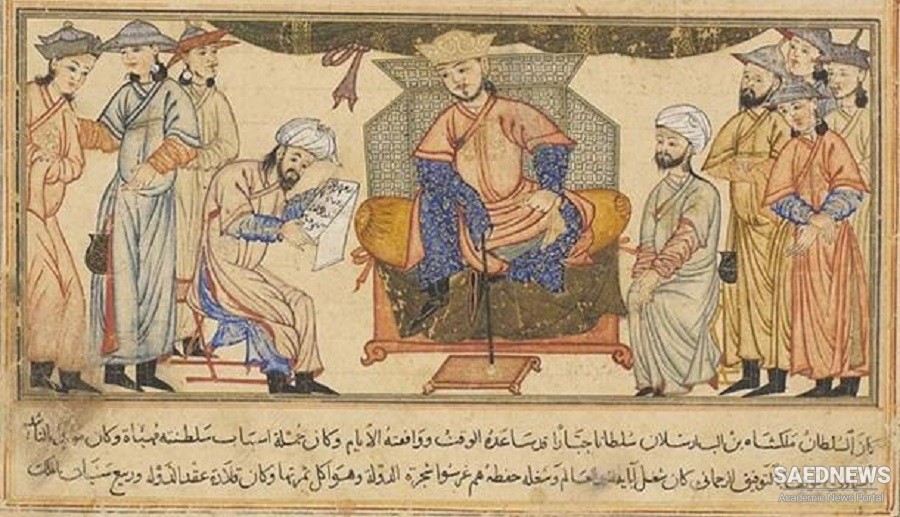Persian was cultivated at the courts of the Anatolian Seljuk and Ottoman rulers (from ca. 1 200-1 922), several of whom are known for composing Persian poetry. Probably best known among their proteges is Rumi (d. 1 273), the most cherished Persian mystic poet who had come to Konya from Wakhsh near Balkh in Afghanistan. Literary Ottoman Turkish is a virtual amalgam of Turkish and Persian (with all of the latter's Arabic loan elements). In the East, Urdu developed under heavy Persian influence. Persian first entered India with the conquest of north-west India by Ghaznavid armies in the eleventh century. Four centuries later, Persian was chosen as the court language of the Mogul rulers (1 530- 1 857), who were major patrons of Persian literature and poets from Iran, unlike the contemporary Safavids in Iran. It was at the courts of India and Turkey where many of the major traditional dictionaries of Persian were compiled from the fifteenth to the eighteenth centuries, including grammatical treatises. Simultaneously, there developed in India a Persian vernacular, and it was from the Indian scribes and secretaries that the English officers of the East India Company, a number of whom wrote grammars of Persian, learned their Persian, with all its local idiosyncrasies. Persian was abolished in its last official bastionthe courts of law-in 1 837 by the authorities of the East India Company.


 Territorial Scope of Persian Language in Asia
Territorial Scope of Persian Language in Asia














































